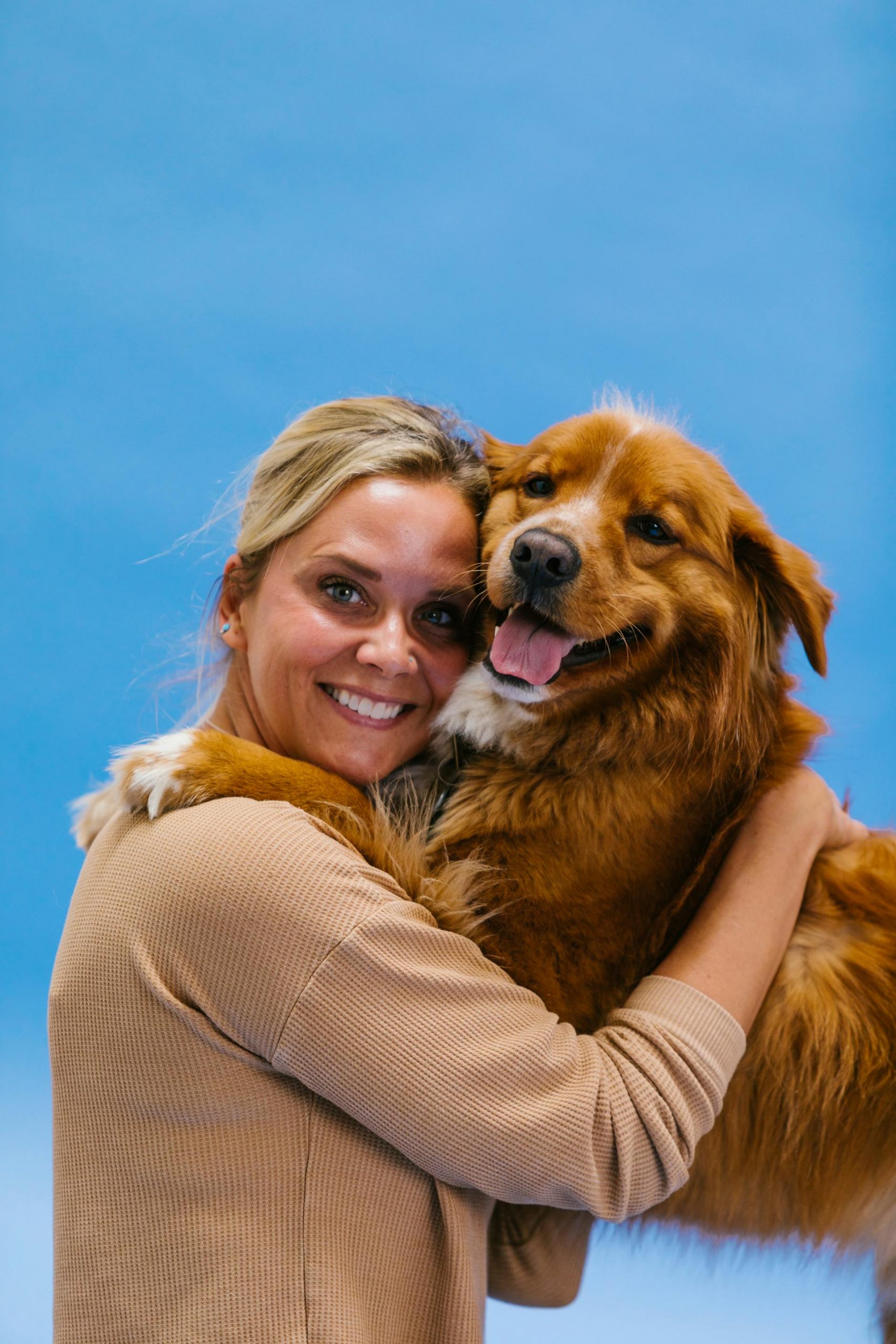Let’s be honest: we love our dogs like family (sometimes more than some actual relatives). They’re the first ones to greet us at the door, the ones who never judge, and the ones who always know when we need a cuddle. But what happens when every cuddle comes with a side of sneezing, watery eyes, or worse?
Pet allergies are more common than you might think, and they can be a real challenge for dog owners. The good news? You don’t have to choose between breathing easily and keeping your best friend. With a combination of smart home strategies, grooming hacks, and evolving medical treatments, you can live happily with your dog, even if you’re allergic.
The good news? There’s a way to manage allergies without losing your best friend.
Why Are You Allergic to Your Dog, Exactly?
Contrary to popular belief, it’s usually not your dog’s fur that’s causing your pet allergy. Rather, it’s proteins found in their saliva, urine, and dander (flakes of dead skin). These proteins become airborne and stick to surfaces like furniture, clothing, and carpeting.
When someone allergic to these proteins breathes them in or touches a contaminated surface, their immune system goes into overdrive. Cue the sneezing, congestion, itchy eyes, and fatigue.
Some people develop these allergies over time, even after years of living symptom-free with pets. Others might be born with a sensitivity, but didn’t notice it until they moved in with a dog full-time.
Signs You Might Be Allergic to Your Dog
If you’re experiencing any of the following symptoms, especially after close contact with your pup, there’s a good chance dog allergies are part of the picture:
- Constant sneezing or a runny nose
- Itchy, watery, or red eyes
- Nasal congestion or sinus pressure
- Wheezing or shortness of breath
- Skin rash or hives where your dog licked you
- Worsening asthma symptoms (if you already have asthma)
Of course, always check with a healthcare provider to confirm the cause. Seasonal allergens, dust mites, or mold could also be to blame.
Step 1: Clean Smarter, Not Harder
Even the most hypoallergenic dogs still produce dander, so if you’re allergic, consistent cleaning is a must.
Here’s what helps:
- Vacuum often with a HEPA filter: Pet dander clings to carpet and upholstery. A vacuum with a HEPA filter can trap tiny particles that other vacuums miss.
- Use air purifiers: Place HEPA purifiers in bedrooms and main living spaces to cut airborne allergens.
- Wash pet bedding (and your own): Weekly washes in hot water help remove allergens that settle on fabrics.
- Designate dog-free zones: It might be tough, but keeping your bedroom off-limits is a game-changer for overnight symptoms.
And yes, washing your dog regularly (every 1–2 weeks with a vet-approved shampoo) can help reduce surface allergens. Just don’t overdo it. Dry skin can make dander worse.
Step 2: Groom Like a Pro
Even if your dog isn’t particularly high-maintenance, grooming plays a huge role in reducing allergens. This includes:
- Brushing frequently (ideally outside) to remove loose fur and skin flakes.
- Wiping down paws after walks to limit pollen or dust brought inside.
- Using pet-safe wipes between baths to keep dander in check.
If grooming your furry friend triggers symptoms, consider wearing a mask. Or, better yet, recruit a non-allergic household member to take over the task.
Step 3: Talk to Your Doctor, Because There Are More Options Than Ever
Here’s where many pet owners stop short: they manage symptoms day to day but never realize there are long-term solutions to actually reduce their allergic response.
If OTC allergy meds and air purifiers aren’t enough, it may be time to look into options like sublingual immunotherapy or allergy drops.
These treatments, which fall under the allergy immunotherapy umbrella, work by gradually introducing your immune system to tiny doses of the allergen, in this case, the proteins found in pet dander. Over time, your body may build tolerance, reducing symptoms significantly. Think of it like slowly teaching your immune system that your dog isn’t actually a threat.
In fact, immunotherapy for cat allergies has shown promise in helping people coexist with their feline friends. Similar approaches are now being used for dog dander, seasonal allergies, and more.
But… Will It Work for Me?
Immunotherapy isn’t for everyone. It requires consistency, often months or even years of daily drops or weekly shots, and works best for people with confirmed, specific allergies.
But if the thought of rehoming your dog is unbearable (and it is for most of us), it may be well worth exploring. Many people report life-changing results, with fewer symptoms and less reliance on allergy medications over time.
To find out if it’s a fit for you, talk to your allergist. They’ll run a skin or blood test to identify your triggers and discuss what kind of treatment plan could help.
Can You “Get Used to” Your Dog Over Time?
Yes… and no. Some people seem to build a form of tolerance naturally, while others experience worsening symptoms the longer they live with a pet. This variation is why it’s so important to track your symptoms and talk with a medical professional rather than rely on guesswork.
The Bottom Line: You Don’t Have to Choose Between Your Dog and Your Health
Pet allergies can feel like an emotional trap, especially when your furry friend is already a beloved part of the family. But thanks to smarter home routines, grooming practices, and advances in allergy treatment, you can absolutely live well with your dog and breathe easier while doing it.
If you suspect your dog is triggering your sniffles, start with the basics, then talk to your doctor about next steps. Because life’s too short to give up on puppy cuddles.










